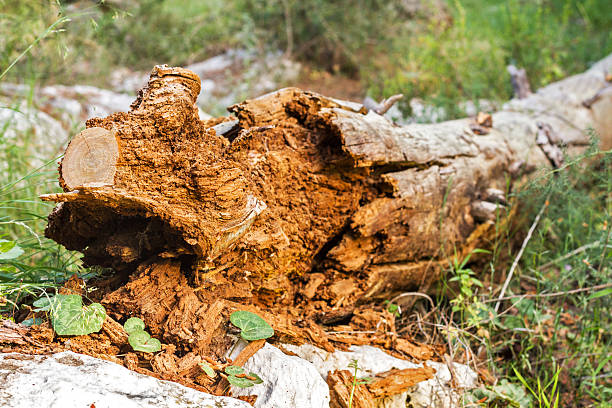If you’ve noticed signs of tree roots causing damage to your property, it’s crucial to address the issue promptly. Understanding the extent of the damage and potential risks is the first step toward finding a solution. From identifying the problem areas to implementing preventive measures, taking action now can save you from costly repairs. Stay tuned to discover effective strategies for managing tree root damage and safeguarding your property in the long run.
Identifying the Root Cause
If you notice cracks in your walls or uneven floor surfaces, you may be dealing with tree roots damaging your property. Tree roots can cause significant harm to your home, leading to costly repairs if left unchecked. One common sign of tree root damage is the presence of cracks in your walls, especially near where trees are planted.
These cracks may appear suddenly or gradually widen over time. Additionally, if you notice uneven or sloping floors, it could result from tree roots growing beneath your home’s foundation. Uneven floors are often a sign of structural damage caused by tree roots pushing against the foundation.
Sometimes, you may even observe gaps between walls and ceilings or doors that no longer close properly due to the pressure from tree roots. Identifying these early warning signs is crucial in promptly addressing tree root damage to prevent further property deterioration.
Preventing Further Damage
To prevent further damage caused by tree roots:
- Take proactive measures to safeguard your property against potential harm.
- Start by planting trees away from underground utilities and structures.
- Consider the tree species you plant – some have less invasive root systems.
Installing root barriers can help redirect roots away from vulnerable areas like foundations, pipes, and sidewalks. Regularly inspect your property for signs of root intrusion, such as cracking pavement or walls, and address them promptly.
Maintaining healthy trees through proper watering and pruning can also reduce the likelihood of aggressive root growth. Avoid planting trees near existing structures if possible. Be cautious when using heavy machinery near trees, as soil compaction can lead to root damage. Implement a routine maintenance schedule to monitor tree growth and address issues early on. Consulting with a professional arborist can provide valuable guidance on tree care practices and root management techniques. By taking these preventive steps, you can protect your property from further damage caused by tree roots.
Repairing and Restoring Your Property
Consider hiring a professional contractor to assess the extent of the damage and develop a plan for repairing and restoring your property affected by tree roots. An expert evaluation is crucial to determine the best course of action for addressing the damage caused by tree roots. Once the assessment is complete, the contractor can provide a detailed plan outlining the necessary repairs and restoration work.
Depending on the severity of the damage, repairs may involve fixing cracked foundations, repairing damaged pipes, or stabilizing structures affected by tree roots. It’s essential to address these issues promptly to prevent further deterioration of your property.
Restoring your property may also include landscaping work to prevent future root invasion. This could involve planting new trees away from structures, installing root barriers, or regularly maintaining existing trees to keep their root systems in check.

